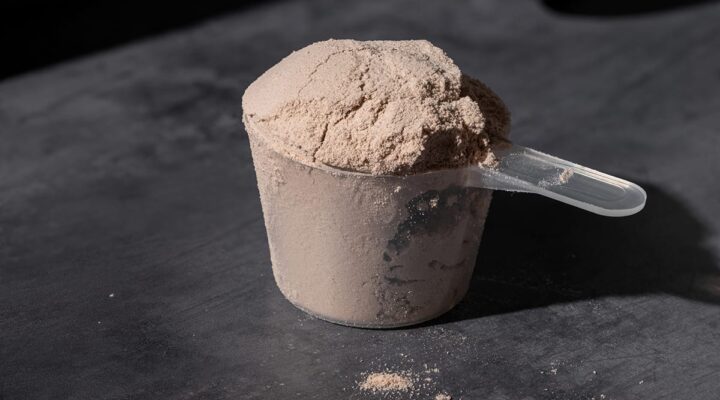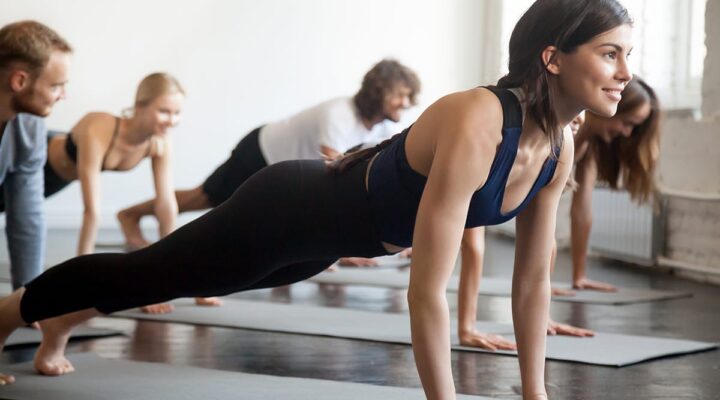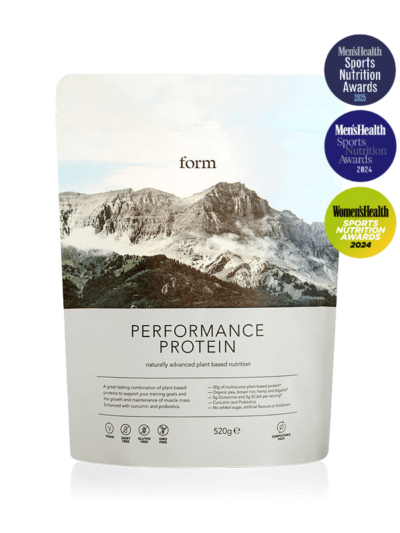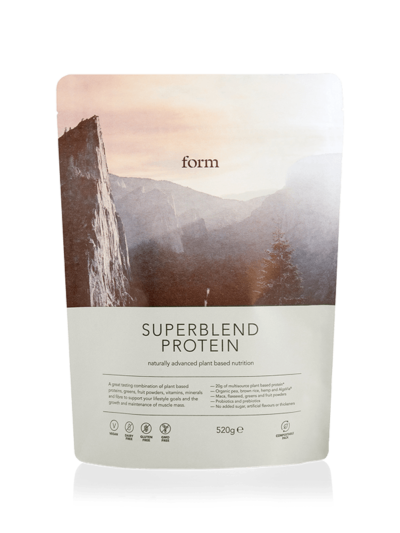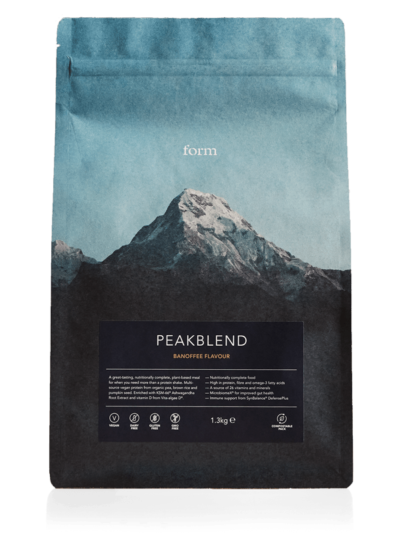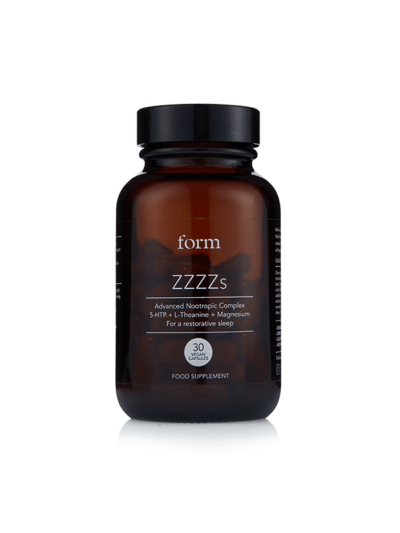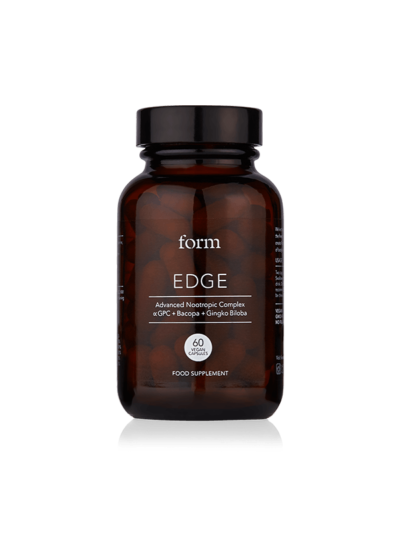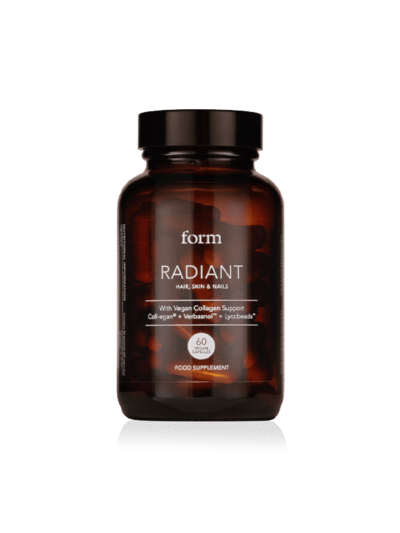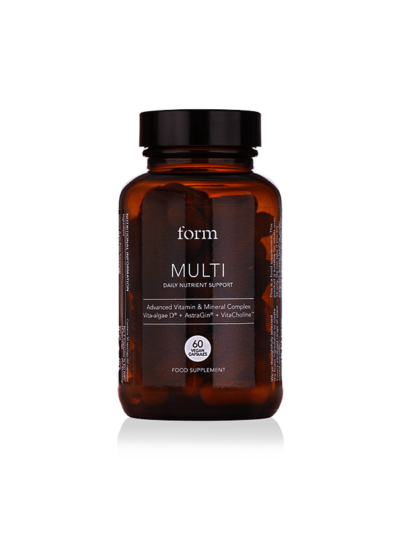Science Confirms the Best Exercise For Your Glutes
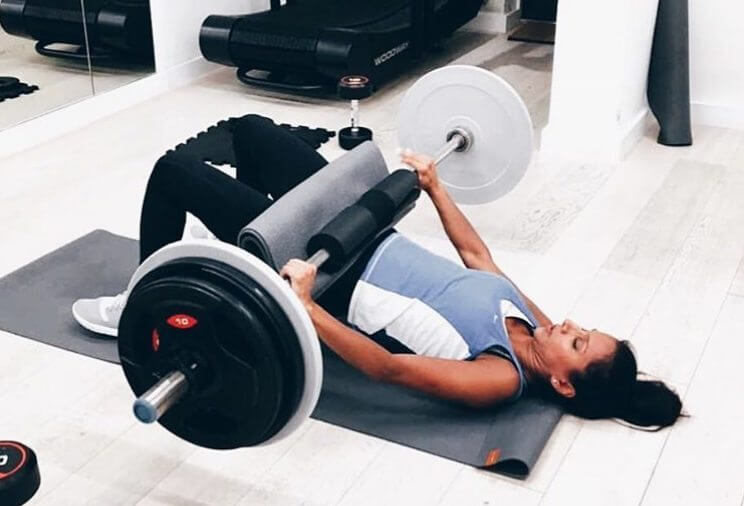
Glutes are the biggest muscle. Both literally and in terms of what seems to be on trend right now. You can’t move in the gym for kickbacks and hip thrusts. But how did this happen and why? What is the best movement for glutes? What happened to the last king of exercises, the squat?
Spend just a bit of time on the internet and you’ll quickly see the controversy over what exercise is best for peachy glutes – squats or hip thrusts. Surprisingly for a much argued question there is little research to support an answer but certainly of late, hip thrusts seem to be winning out.
You can most likely trace back the genesis for the rise of hip thrusts to Bret Contreras who started championing them about ten years ago, momentum built with various other trainers, mostly in the bikini world, to the point where now 7 out of 10 exercises performed in a gym are a hip thrust. Ok, that’s not a verified statistic but you get the point.
Bret, aka The Glute Guy is one of the few who has conducted research into the squat vs hip thrust question. His PhD thesis looked at EMG activity (a measure of muscle activation) differences between the two, variations of the two and amongst other things rep maxes and force production difference between the two. Some of the research from this thesis has been published over the last couple of years.
Bret himself is cautious about how much can be interpreted even from his own research, partly because EMG activity is only part of the story in terms of hypertrophy (muscle growth) and also because real scientific consensus is built up over 10’s and 100’s of studies not just one or two.
What Bret’s studies do tell us is that glute activation is greater with a hip thrust than a squat at around the 10 rep range/load1 and that the barbell hip thrust is superior in that respect to other variations.2 Squats are superior in terms of quad activation though hip thrusts actually can heavily activate the quads, if you find too much, elevate the heels.1
One possible reason for all of this is that the data shows the glutes are barely activated at the bottom of the squat and far more activated in the full hip extension of the hip thrust. This activation duration through the range of motion of the hip thrust might start to interact with theories on time under tension (TUT).
So what does all this mean? Well, probably you should both squat and hip thrust but if you don’t, don’t worry, the differences probably aren’t all that large. Even the evidence as mentioned above is not conclusive either way on the original question and what is probably more important is that you are doing the exercise you just feel is best for you.







